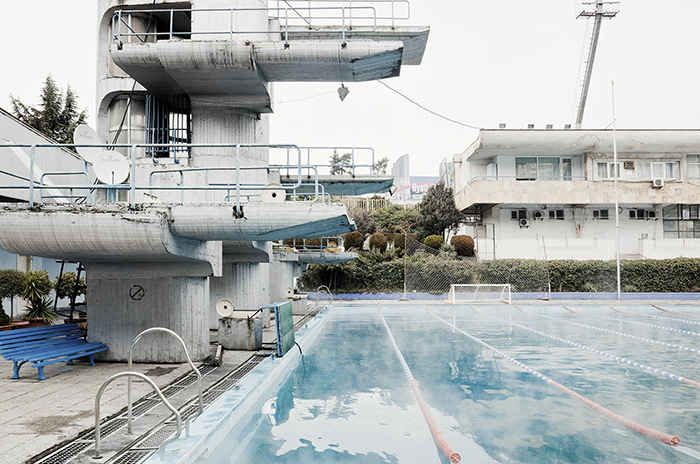
25 Oct
10]
From November 8th 2013 to January 4th 2014
Sala de Arte Contemporáneo – Gobierno de Canarias
C/ José Murphy, 12 Santa Cruz de Tenerife
Tel: 922 533 272 Horario: M-V de 11:00 a 14:00 h y de 17:00 a 20:00 h S de 11:00 a 14:00 h
Ost [ˈɔst], German, noun east
Algos [álɡos], ancient Greek, noun pain
Ostalgia is a series of photographs which I developed in the course of over two years and which arose from a work of documentation for the Architectural Museum in Vienna: under the name of Soviet Modernism, a team from the Museum made itself responsible for locating, rescuing and studying the files related with the architecture promoted by the old Soviet Union in its fifteen republics between the 1960s and 1990s. The series is a kind of subjective catalogue of monumental buildings which seem to bear witness to the heroic intentions of the past but which reach the present distilling a certain eroded optimism and disillusion. Built to be icons of triumph and progress, they were the accomplices of the political propaganda within the legitimating dynamics of a totalitarian regime: the Socialist Pioneers Cultural Centres, the Workers’ Palaces, the Palaces of Lenin, circuses, sports centres, museums and mausoleums. All of them respond to a formal and programmatic modernity and all of them had to tell a story of triumph; today they stand out like absurd giants, great dreams invalidated by history immersed in the decadent atmosphere which is everywhere in the ex-Soviet republics and which generates a physical and virtual space onto which it is easy to project myths and nostalgia. On the other hand, the enormous dimensions of these buildings in relation to the human scale mark the position of the individual, his merely decorative role, within an authoritarian society in a significant manner. In Soviet squares, individuals come and go in a furtive way; small and squashed, they do not stop to talk, to debate, to call things into question.
Ostalgia (the “pain of the east”, if the word must be literally translated) began in 1989, after the fall of the Berlin Wall. If it had existed earlier, it would not have been given a name until the moment at which the old German Democratic Republic (DDR, from its German abbreviation) – which was then facing the rapid changes necessary for integration with the western half of Germany — began to feel nostalgia for its old identity in the process of liquidation. This desire, together with a certain sentimentalism in the West towards the East, ended up creating a new mythology on the old DDR and, by extension, on the old Soviet block. Ostalgia is a linguistic alloy that is as strange as the desire itself to reconstruct something which might never have existed.






Sorry, the comment form is closed at this time.